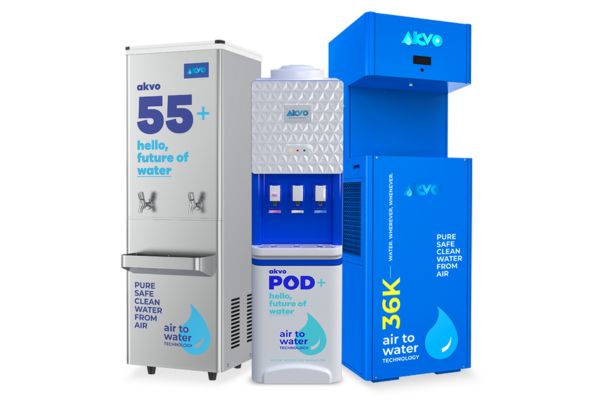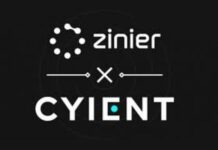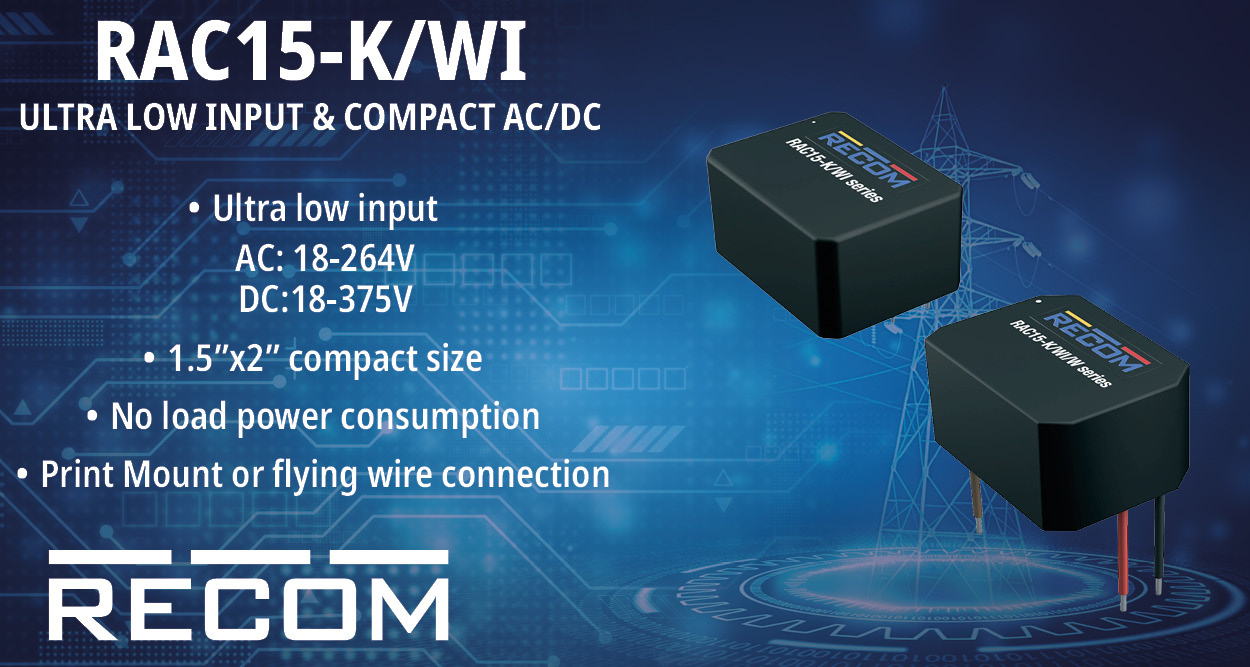Urbanization is reshaping the world at an unprecedented pace. As smart cities emerge — combining technology, innovation, and infrastructure — a critical aspect often remains under-addressed: water sustainability. Today, the conversation must move beyond “smart” to “water-positive” cities — urban spaces that not only meet but exceed their own water needs. In a climate-stressed world, achieving water security through decentralized and scalable solutions like Atmospheric Water Generators (AWGs) is becoming essential.
The Urban Water Challenge
According to the World Bank, global water demand is projected to outstrip supply by 40% by 2030. Rapid urbanization, coupled with the impacts of climate change, is placing unprecedented pressure on municipal water systems. Smart cities, despite their technological prowess, are increasingly vulnerable to water scarcity, rising costs, and supply disruptions. Traditional water infrastructure — massive centralized plants, pipelines stretching across hundreds of kilometers — is expensive, rigid, and highly susceptible to environmental volatility.
Moreover, transmission and distribution losses account for nearly 30% of treated water in many cities, making centralized systems inherently inefficient. As cities expand, the need for more agile, localized, and resilient water solutions has never been clearer.
Why Water-Positive Cities Matter
The concept of net-zero carbon cities is well established. However, truly future-ready urban environments must also aspire to be water-positive. A water-positive city actively replenishes, recycles, and generates water, ensuring that its growth does not come at the cost of depleting vital natural resources.
Water positivity is not just an environmental benchmark — it is a foundational element for resilience, economic sustainability, and public health. As cities compete for investments, talent, and quality of life indices, those securing their water future will hold a decisive advantage.
Decentralized Atmospheric Water Systems: Changing the Game
Atmospheric Water Generators offer a groundbreaking alternative to traditional water supply models. Rather than depending on distant sources, AWGs extract pure drinking water directly from the humidity present in the air — a resource available virtually everywhere.
Decentralized AWG systems, like the innovative Water Block model developed by Akvo Atmospheric Water Systems, exemplify the power of localized water generation. Compact and modular, these units can be installed on rooftops, in community hubs, commercial complexes, and industrial parks. A single block can generate hundreds of liters of water per day, and multiple units can be scaled up to meet larger demands — all without the need for underground piping or external water sourcing.
Moreover, modern AWGs are IoT-enabled, allowing real-time performance tracking, predictive maintenance, and data integration into broader city management systems. This seamless convergence of water technology and smart infrastructure makes decentralized AWGs a natural fit for the smart city vision.
By decentralizing water generation, cities can dramatically reduce transmission losses, minimize environmental impact, and empower communities with direct access to clean drinking water.
Integrating AWGs into Smart City Infrastructure
Smart cities are defined by their ability to interconnect infrastructure, data, and resources dynamically. Decentralized AWGs can be integrated with existing smart grids, renewable energy systems, rainwater harvesting setups, and municipal IoT networks.
For instance, AWG units powered by solar panels can function as fully off-grid micro water plants, ideal for public spaces like metro stations, airports, hospitals, and government offices. The collected water can feed local needs — from drinking water dispensers to emergency reserves — while real-time data streams allow city administrators to monitor production, consumption, and maintenance metrics remotely.
Deploying AWGs across different nodes of a city creates a web of micro water grids, offering unmatched flexibility. Whether for high-density urban areas or emerging satellite towns, decentralized water generation ensures cities remain agile, efficient, and water-secure.
The Road Ahead: Rethinking Urban Water Systems
The journey towards building sustainable, resilient smart cities demands a new mindset — one where water generation is hyperlocal, decentralized, and regenerative. Atmospheric Water Generators represent a paradigm shift, enabling cities to move from water dependency to water self-sufficiency.
As climate uncertainties loom larger, the future will belong to cities that prioritize water positivity alongside carbon neutrality. Decentralized AWG technology offers a practical, scalable pathway toward that future — not years from now, but today.
The opportunity is clear: to rethink how we source, distribute, and value water — one rooftop, one community, one atmospheric drop at a time.

















